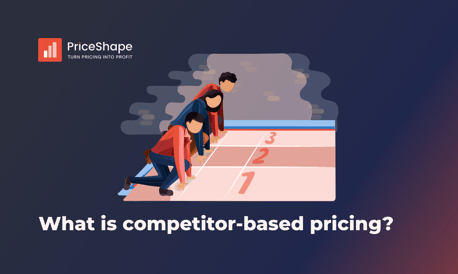Can pricing data be the key to success with automated email marketing?
Learn how pricing data can also create value in your automated email marketing.
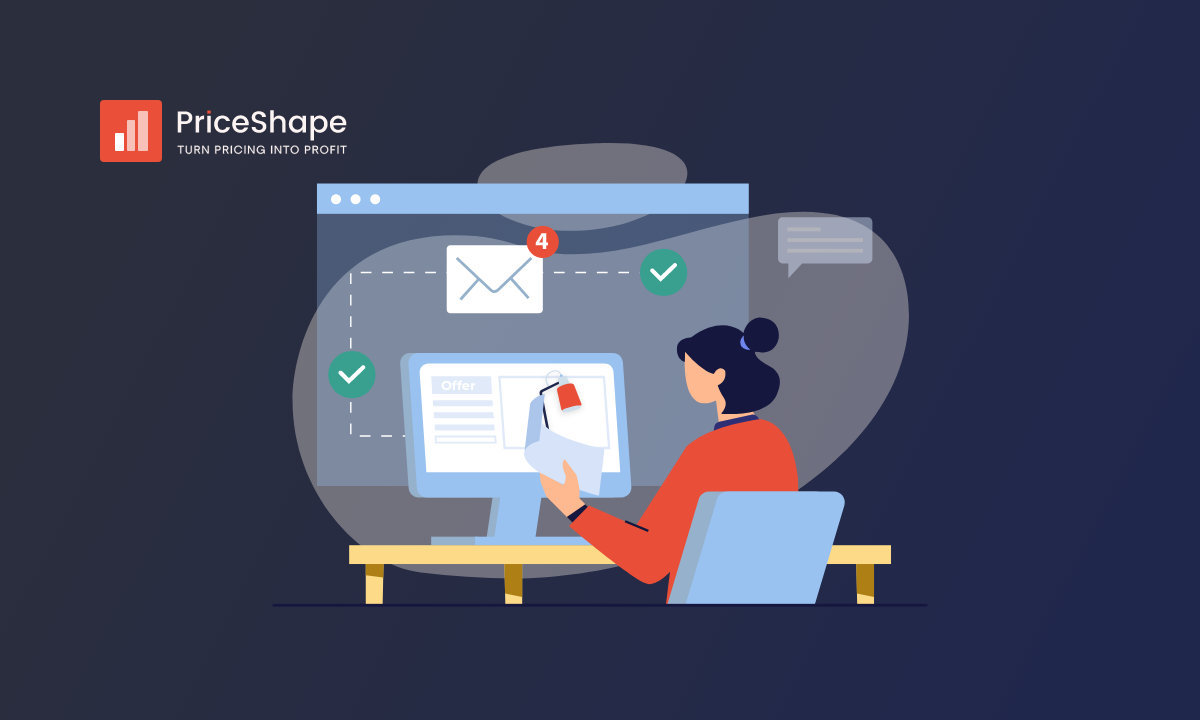
What do pricing data and email marketing have to do with each other? In this blog post, we will connect the two things, explaining how pricing data can be key to writing relevant, catching, and selling emails to stay competitive.
We will go through:
- What does pricing data have to do with email marketing
- Examples of trigger emails
- How to find the right products to focus on
- Find the products with the greatest profit
- Performance
Customers' loyalty switches to where the price and service are right, making it essential to always be on top of your customers' minds. There are several approaches to communicating through emails: manually triggered emails, mass targeting, automated email flows, and personal emails.
Historically, all these things have been done manually, where mass targeting rather than personalization was the main focus. Today, most companies use a CRM system to help them create automated email flows to deliver the right message to the right customer. With the introduction of automated marketing flows, many tasks became more advanced in personalization and offering specialized offers/campaigns.
What does pricing data have to do with marketing emails?
Customers receive endless emails from different companies daily, meaning only important and relevant emails are being opened and read through. The more personalized and relevant data plotted into these emails, the better.
The first example of a relevant trigger email:
Your customer has abandoned their online shopping cart with three relevant products. You want to send this customer a message reminding them of these products to help them end the buying process. You email them the three products left in the shopping cart and inform them that you’re selling them at the best market price. Moreover, could you add similar offers that you think the customer might be interested in to make additional purchases. Adding all of this relevant information makes the message receiver feel special, making them more likely to go back and buy what they left in the shopping cart.
The information about what is left in the shopping cart and relevant offers can be extracted from relevant pricing data - data that can be received from PriceShape about market insights and how your price position is on the market.
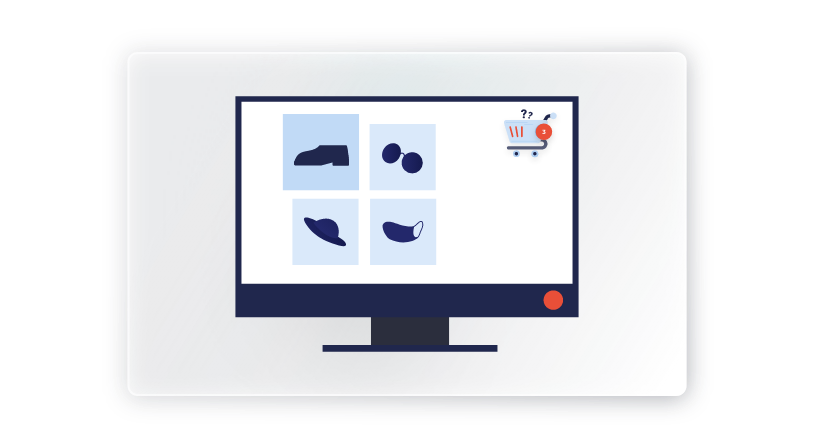
The second example of a relevant trigger email:
Another example is sending a personalized offer based on customer order history. Your customer has previously bought a skin care product, which you know has an average life expectancy of 3 months. You send out an email 11 weeks after the customer buys the products through an automated email with an offer of the same product. This email will bring the product to their consciousness and likely help them re-purchase the product again.
You might already be doing all the above and using other software partners. The question follows: How and on what scale can PriceShape help you define what products to include in these automated flows, and why would these benefit your business?
Focus on the right products
In PriceShape, we have Vendor Groupings; this allows you to identify products where you are the only retailer present based on your definition of important competitors. This feature makes it possible for you to identify where you have an exclusive assortment and might be able to stand out in the market. With this data, specific products could be tailor-made into a specific marketing campaign.
When discussing retention, loyalty, and making customers choose you rather than the competition, “exclusivity” is one of the most important buzzwords. If you can offer unique items to the customers, you are one step ahead of the competition. .png?width=814&height=448&name=Pricing%20%E2%80%93%20102%20(1).png)
Where is our profit the greatest?
If your cost prices are included in PriceShape, we allow you to define your margin groups based on these. By looking at your profits and where these are at an acceptable level, we allow you to identify exclusive products with a high margin and where you have the lowest price in the market.
All of these data points can be tweaked and specialized for your needs, whether in terms of newsletters, better placement of the products on your site, or other automated marketing flows.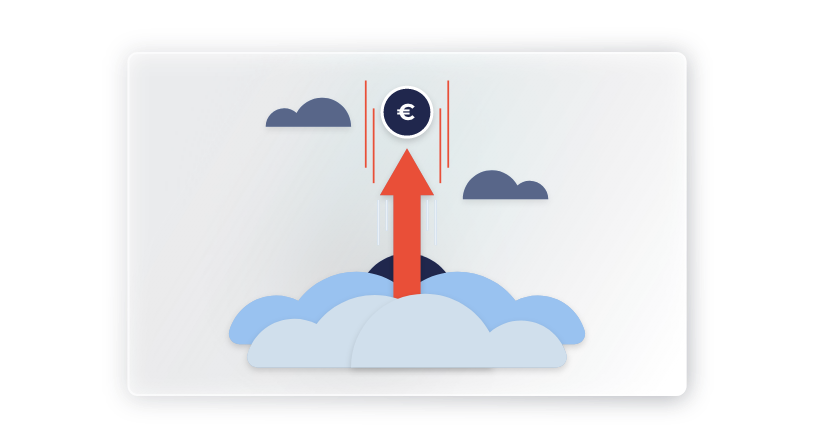
Performance as a parameter
Tracking which product sells and getting views added to the cart brings a lot of value when working within PriceShape, both in terms of setting up dynamic strategies or using it in your marketing efforts.
Whether your performance data is integrated directly with PriceShape or extracted and analyzed through your backend, the insights can help you specify which assortment to target.
For example, products often added to a shopping cart give insight into where you have good offers and which products are the most popular. Information that also should be used in your product offers and newsletters. 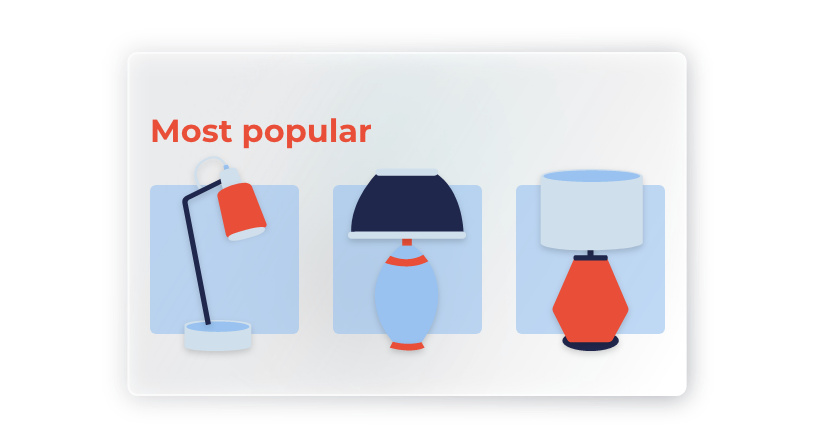
Interested?
If you want to learn more about how pricing data can benefit your business and help you achieve data-driven email marketing, book a meeting with one of our product specialists here.



